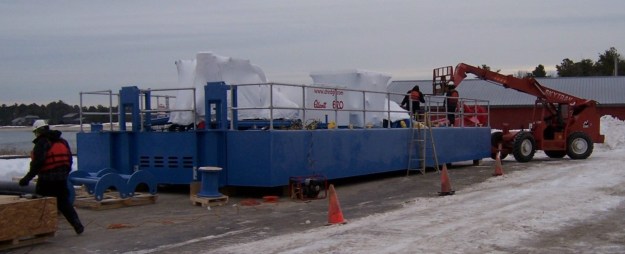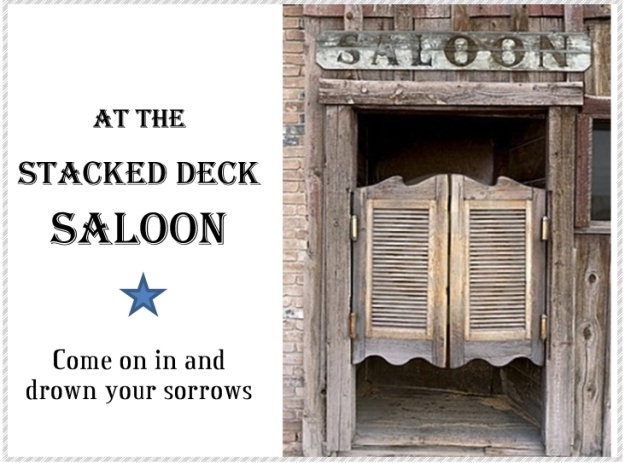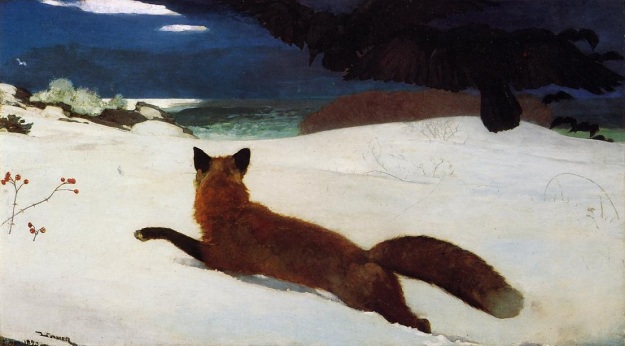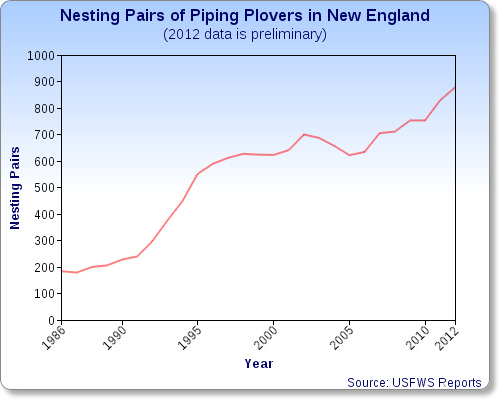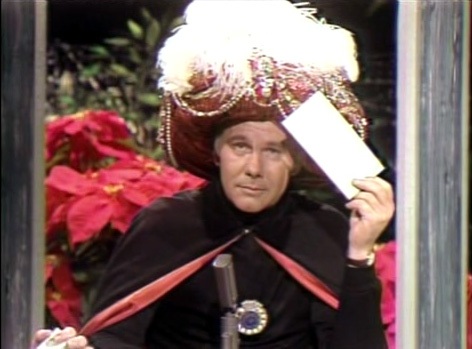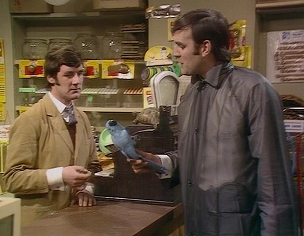Yet Another Update on the Ad Hoc Committee
Well, I dragged myself to Town Hall last Thursday evening for the fifth meeting of the Ad Hoc Animal Control Advisory Committee (“AHACAC,” unfortunately). Live audience attendance was down markedly from previous meetings. Perhaps because it was a cold night in January. Perhaps because previous meetings have been so predictable. Or perhaps because folks didn’t know about it – neither the Town’s webpage for the AHACAC or the “Calendar of Events” page has been updated to show meetings after January 13 (as of January 24).
Anyway, the Committee is moving slowly and steadily toward its preordained conclusion. I confess, I found it very difficult to pay attention to the group’s discussion. Lots of discussion of beach geography that I couldn’t follow without a map. And all of that discussion in an attempt to define just which parts of the three beaches were going to receive “sanctuary” designation. (The answer seemed to be “most of them,” though I wouldn’t bet my life on it.) “Sanctuary,” in case you’re wondering, appears to mean: birds first; all others may enjoy as long as the birds aren’t put out by your enjoyment.
Since I’m making confessions here, let me continue: I left after the first hour. Then I picked up the proceedings about ten minutes later from the couch in the den with an adult beverage at hand. That made it much easier to watch. But also may explain why my impression of the meeting is such a muddle. Final confession: after another hour, I switched to Duck Dynasty.
Despite my limited attention to the meeting, I did pick up a couple of nuggets that seem worth sharing.
 By far the most insightful comment of the evening came from Margot Hodgkins. In one exchange about the possible reduction of off-leash hours, she accurately and succinctly pointed out that, despite 30 years of off-leash experience – including all-day off-leash hours from April 1 to June 15, i.e., prime nesting season – there have been only two possible losses of piping plovers to dogs. That’s tens of thousands of off-leash hours that owners have enjoyed with their dogs over the years. And those two possible losses due to dogs compare to many hundreds of losses to tides, weather and real predators over the same time period. For this level of “threat” we need to essentially close down most or all of our beaches to off-leash dogs? Seems like a major overreaction to me.
By far the most insightful comment of the evening came from Margot Hodgkins. In one exchange about the possible reduction of off-leash hours, she accurately and succinctly pointed out that, despite 30 years of off-leash experience – including all-day off-leash hours from April 1 to June 15, i.e., prime nesting season – there have been only two possible losses of piping plovers to dogs. That’s tens of thousands of off-leash hours that owners have enjoyed with their dogs over the years. And those two possible losses due to dogs compare to many hundreds of losses to tides, weather and real predators over the same time period. For this level of “threat” we need to essentially close down most or all of our beaches to off-leash dogs? Seems like a major overreaction to me.
 Mr. Donovan jumped right in to defend the Prouts Neck Country Club when the discussion turned to the subject of the seawall reconstruction that’s occurring on Western Beach concurrently with the “beach nourishment” from the harbor dredge. When it was pointed out that the seawall project would contribute to erosion that will ultimately result in loss of plover habitat at Western Beach, Mr. Donovan was quick to minimize the impact in his most reassuring voice. It’s only about 50-100 feet of seawall that’s being reconstructed, he noted.
Mr. Donovan jumped right in to defend the Prouts Neck Country Club when the discussion turned to the subject of the seawall reconstruction that’s occurring on Western Beach concurrently with the “beach nourishment” from the harbor dredge. When it was pointed out that the seawall project would contribute to erosion that will ultimately result in loss of plover habitat at Western Beach, Mr. Donovan was quick to minimize the impact in his most reassuring voice. It’s only about 50-100 feet of seawall that’s being reconstructed, he noted.
Well, perhaps. But my rough pacing off of the area that’s now obviously under construction was at least 200 feet. And that doesn’t include the 500 or so feet of huge sand bags farther down the beach (see image above). That sure looks like a part of the dune line that would be a candidate for “hardening.” I’ll report back next time with the real scope of the seawall project after I review the Department of Environmental Protection permit documentation. In the meantime, let’s leave Mr. Donovan’s 50-100 foot guess in the “subject to fact-checking category.”
Speaking of the golf course, please do not construe my comments above as being anti-golf. (Although my own brief romance with the game ended abruptly after a wayward tee-shot on the fifth hole at the Purpoodock Club on an early June morning in 1964, I appreciate the game’s exhilarating and restorative powers for many.) The point I’m trying to make is that plover habitat and well-being are being traded off against the human enjoyment of golf in the seawall reconstruction project. Let’s honestly consider a similar trade-off for dog owners who enjoy off-leash time with their little (or big) guys – especially in light of the very minimal threat level those dogs have presented over more than 30 years.
Correction/Clarification on Dredge Project
I would like to thank Town Councilor Jessica Holbrook for bringing to my attention an impression I may have erroneously left in my discussion of the dredge and Western Beach “nourishment” in my last blog entry. At one point, I said “The best thing we humans could do for piping plovers with regard to Western Beach is absolutely nothing. Let the tides and storms do their things. Let the dunes fall where they may.” One could reasonably have concluded from that comment that I was not in favor of doing the dredge and therefore willing to sell out the hard-working Scarborough fishing community for a few sand dunes. Nothing could be further from the truth.
I am and have always been 100% in favor of the dredge. When the Pine Point Jetty was constructed in 1957/62, it disrupted the natural sand flow around the mouth of the Scarborough River system. As a result, it is necessary for the US Army Corps of Engineers to dredge the harbor channel about every ten years. Indeed, they are Congressionally-mandated to do this. It was last done in the winter of 2004/5. And there is absolutely no question it needs to be done again now.
My comments in the last blog entry about leaving Western Beach alone were not well-expressed. What I should have added to my comments was an acknowledgment that the dredge project has to happen — piping plovers or not. For the dredge to occur in a manner that does not adversely affect piping plovers, however, the Corps of Engineers would have to deposit the dredge material somewhere else other than Western Beach. That “somewhere else” would presumably be nearshore or offshore, where Scarborough River dredge materials were deposited in the seven Scarborough River dredges prior to 2004/5 (between 1956 and 1996). I regret leaving the erroneous impression that I am anti-dredge.
EXCLUSIVELY AT ScarboroughBeachesAlert.COM…
Just provided to us by an unnamed source:
*************************************
*************************************
Can’t get enough of Rocky & Bullwinkle…
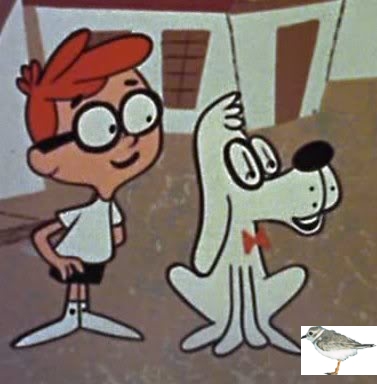 Sherman: What kind of bird is that pecking at your foot, Mr. Peabody?
Sherman: What kind of bird is that pecking at your foot, Mr. Peabody?
Mr. Peabody: That, my dear boy, is a piping plover.
Sherman: Funny name for a bird.
Mr. Peabody: Not so, Sherman. The piping plover is a sacred bird in some cultures.
Sherman: You don’t say.
Mr. Peabody: But indeed I do say, my boy. Its scientific name is Charadrius melodus.
Sherman: That’s a mouthful.
Mr. Peabody: Yes, Sherman, it is. And if you have been keeping up on Latin studies, you will know what that means… Charadrius for “charade” and melodus for “pretty,” thus, “a pretty charade.”
Sherman: Oh, I now I understand why Scarborough is considering it for its Town bird!
Mr. Peabody: Quite so.
*************************************
*************************************
Coming next time:
Another Fractured Fairy Tale –
The Story of Goldilocks and the Three Red Knots
*************************************
*************************************
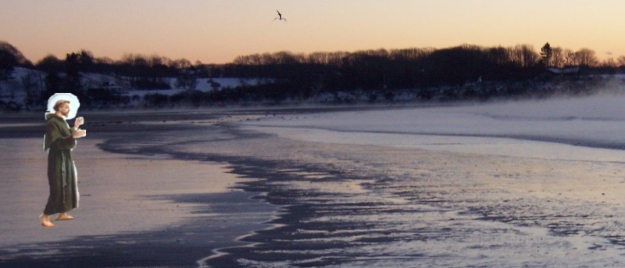
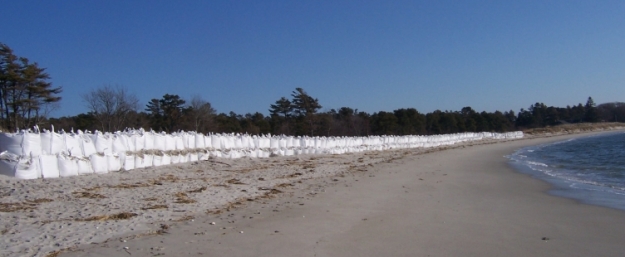
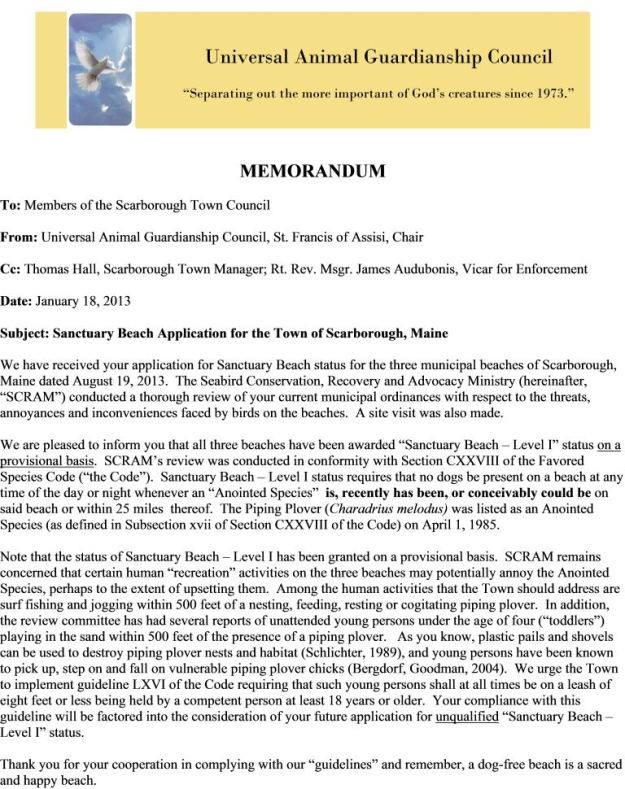

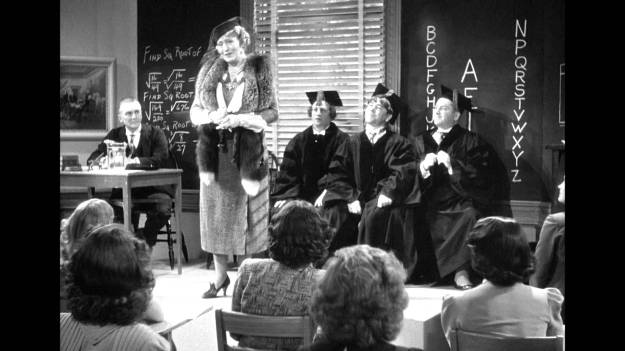
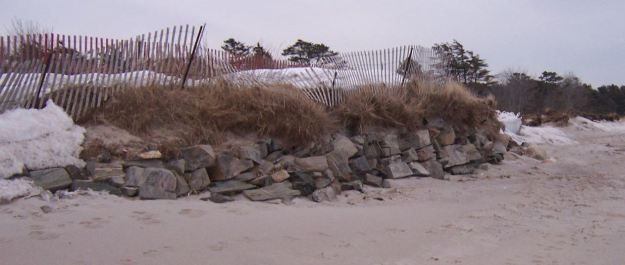
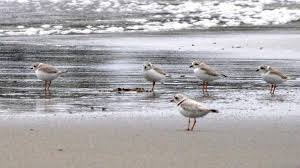
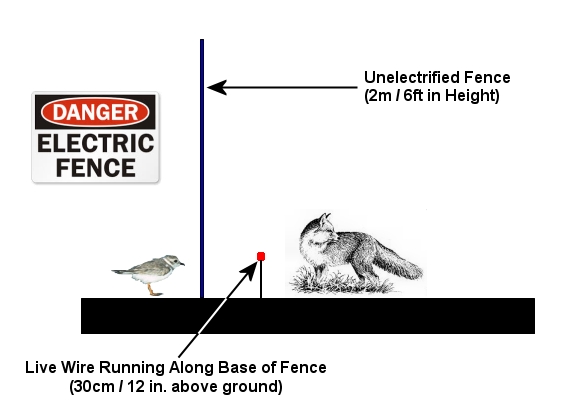
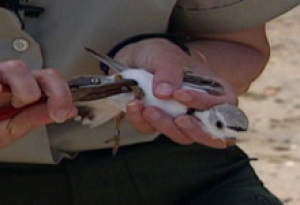
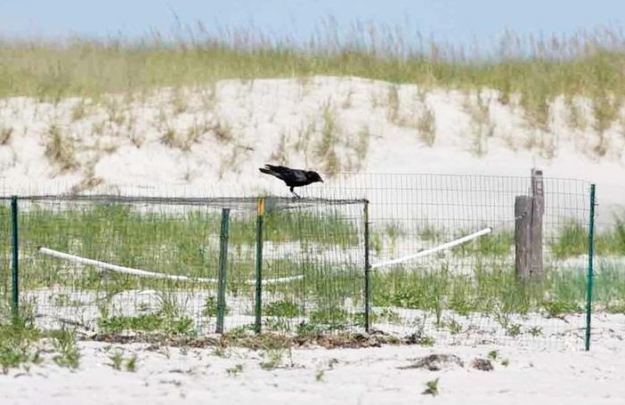
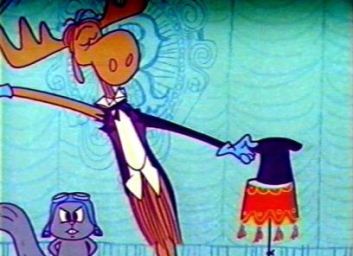
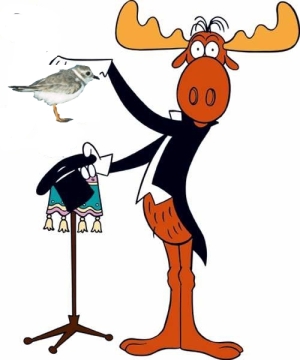



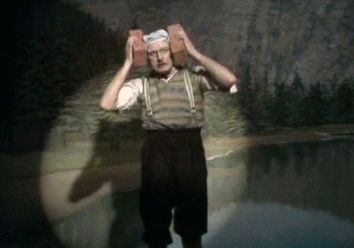
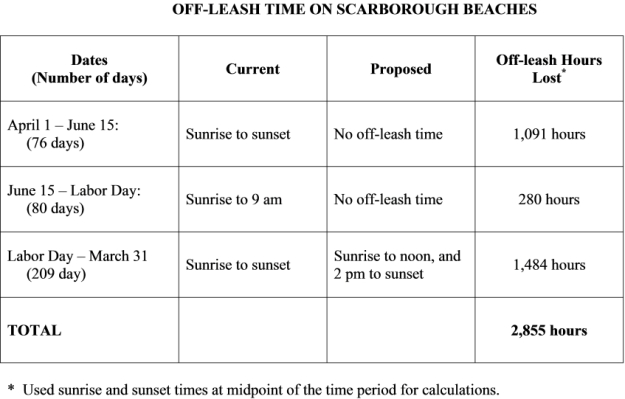
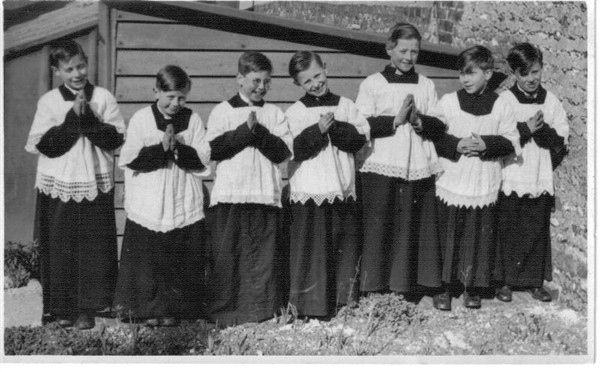
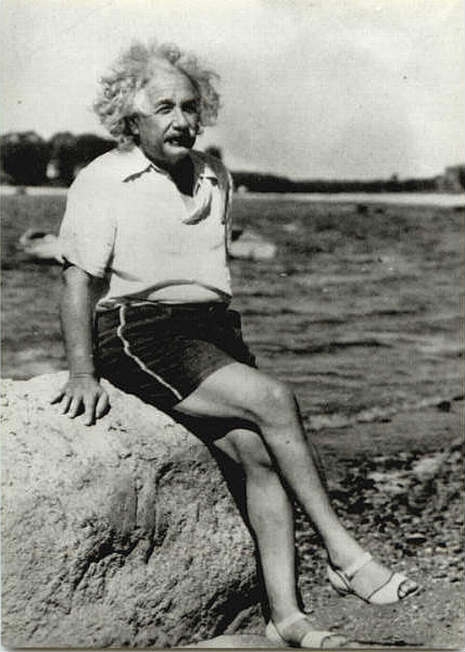
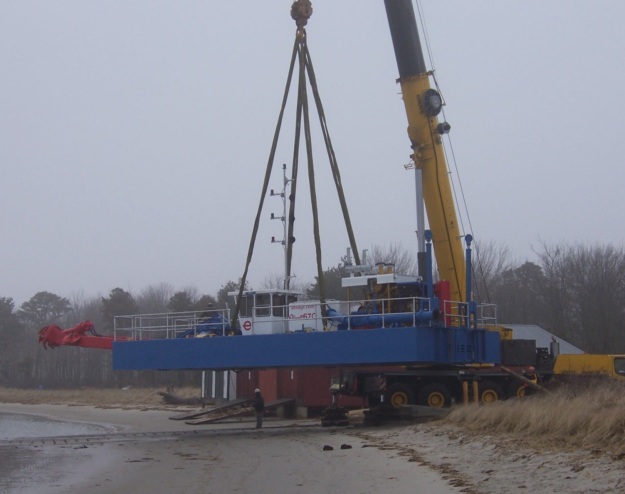
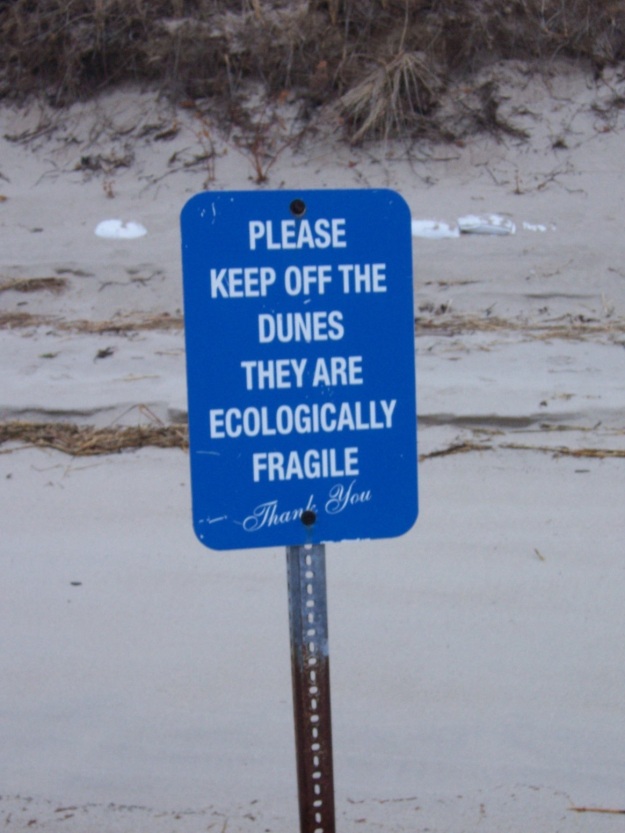
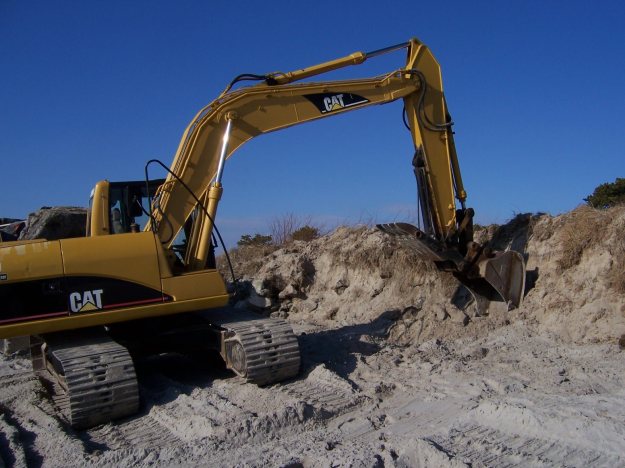
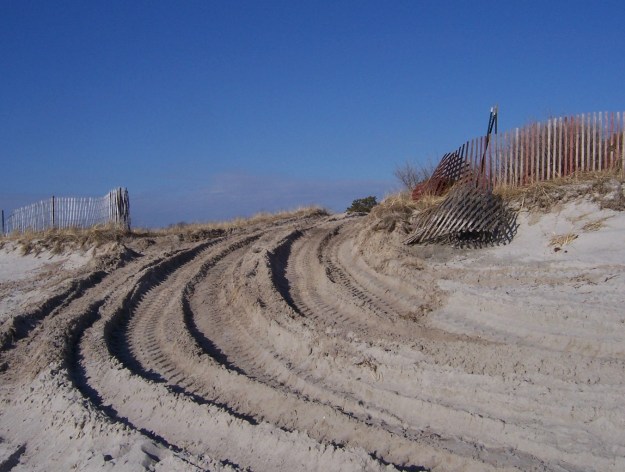

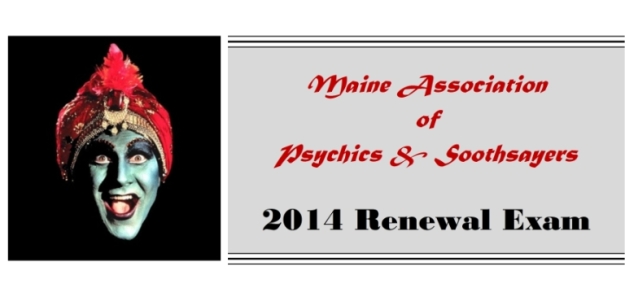
![[Editor's note: Puritan minister graphic to indicate seriousness of what follows.]](https://scarboroughbeachesalert.files.wordpress.com/2014/01/dogblog-jedwards.jpg?w=625)
